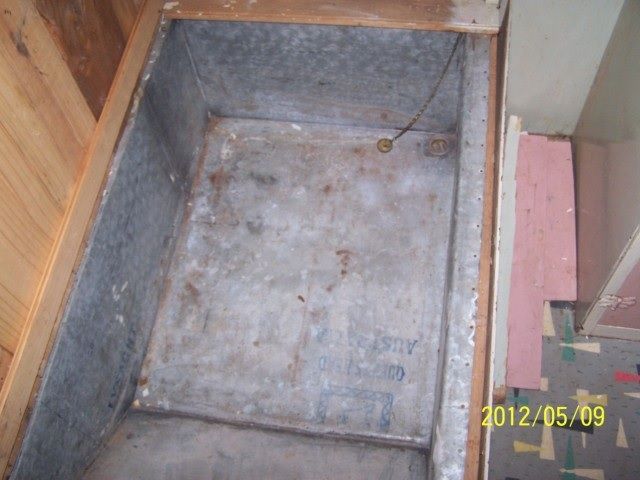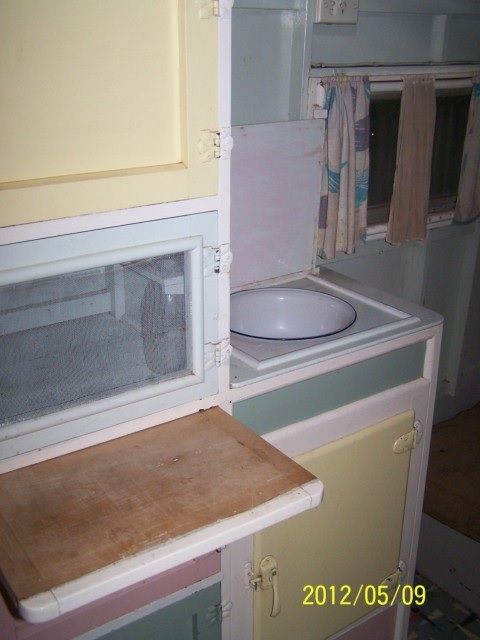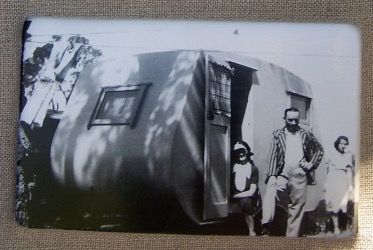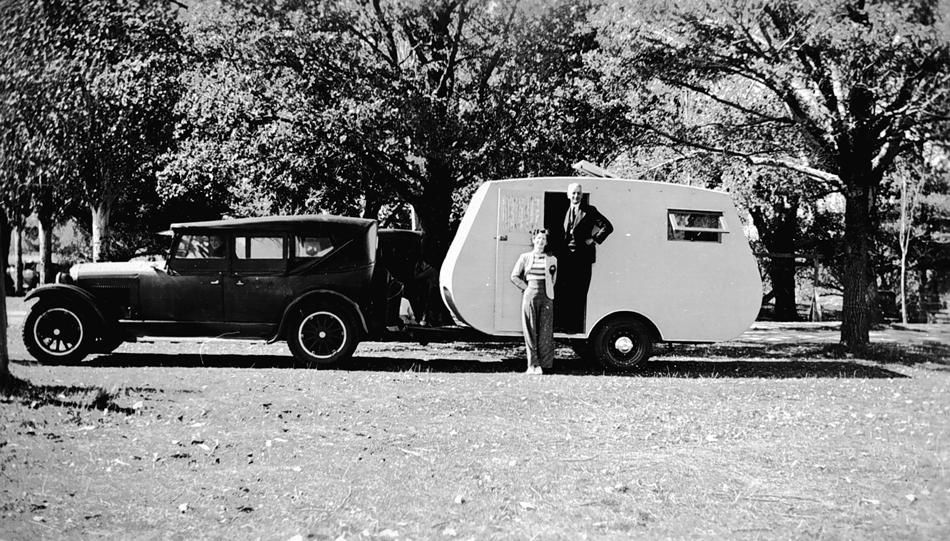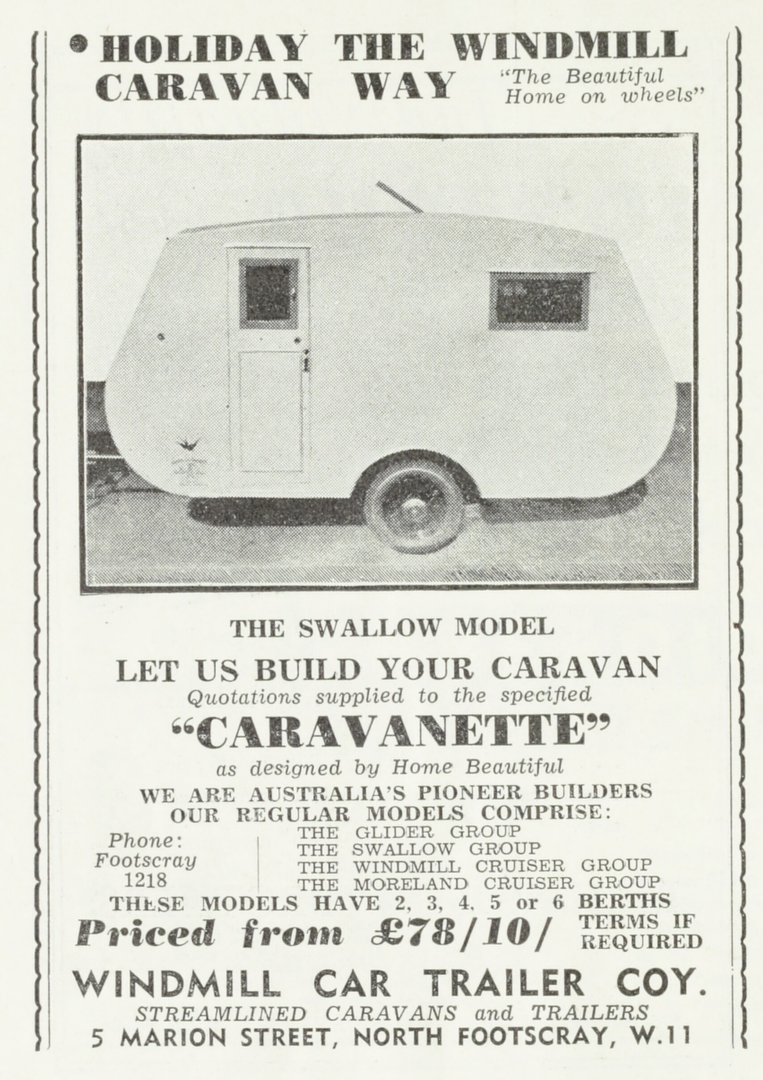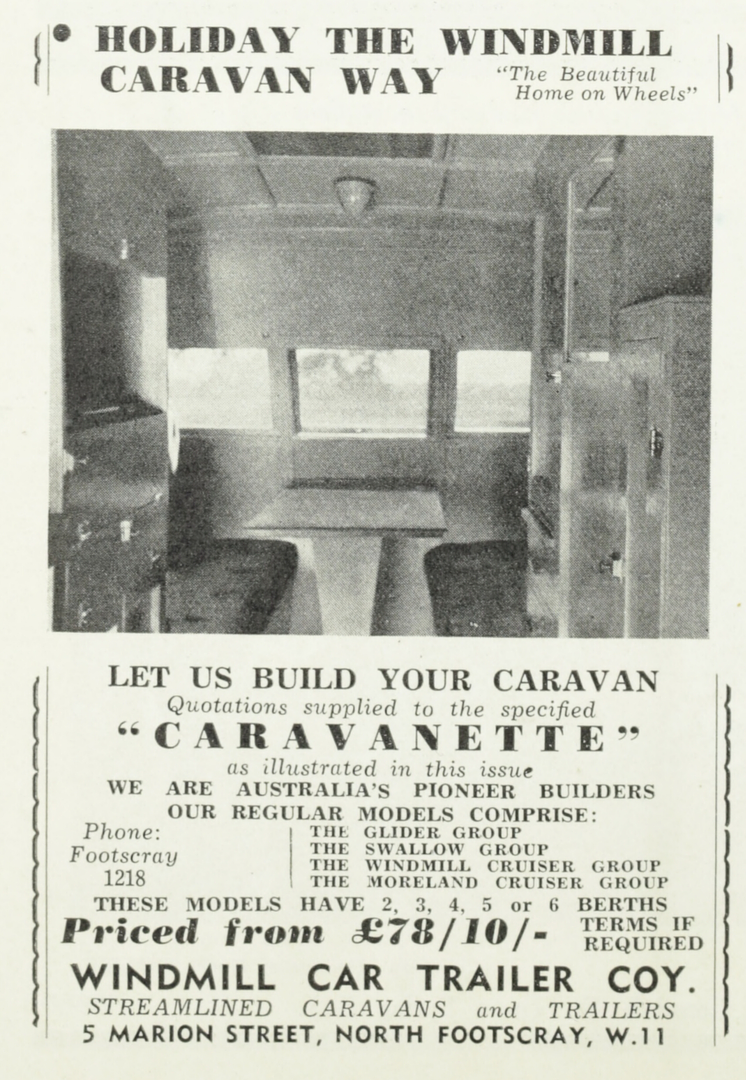Hi all,
Since my "light bulb" moment a couple of days ago that the Mr G Moreland who produced Windmill caravans in the 30's and the George Moreland that produced Moreland caravans in the 50's might be one and the same, I've done a bit of 'Trove-ing' to try and find out a bit more about the history of Windmill caravans.
The following information is fairly detailed and won't interest everybody, but suffice it to say that I am now confident that we are talking about one and the same person. And if you want to know what happened to Windmill caravans, skip down to the second last paragraph in this post that reveals the end of the Windmill story...
As we know from the information posted higher up this thread, Windmill Car Trailer Co stated that it had been producing caravans since 1923, however we have had little evidence of their existence prior to 1935. Information from newspaper advertisements and articles helps to fill in at least some of the holes.
The first time Windmill Trailer Co appears in the press (at least via Trove's online resources) is in an advert placed in
The Age on Tuesday, 10 November 1931 (page 3). However, the advert is not for caravans but instead is for traveling salesmen to represent some of Windmill's products:
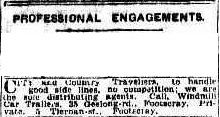 (Source: National Library of Australia nla.gov.au/nla.news-article203725938 )
(Source: National Library of Australia nla.gov.au/nla.news-article203725938 )While this advert doesn't tell us anything about what Windmill's products may have been, it confirms that they were trading in 1931, and indicates that their address at that point was 35 Geelong Road, Footscray.
On Saturday, 10 September 1932, Windmill advertised in
The Age (page 23) as follows:
 (Source: National Library of Australia nla.gov.au/nla.news-article205494548 )
(Source: National Library of Australia nla.gov.au/nla.news-article205494548 )This advert provides a clue as to Windmill's involvement in the camping trade:
"Trailers. Camping and Commercial, all sizes from £4...". So it appears that when Windmill claimed to have been producing caravans since 1923, what that may have meant is that they had been producing trailers adapted for camping, or perhaps even fold-down camper trailers with lift up rooves and fold out beds, along the lines of those produced by
Eicke & Provis in South Australia. This fits with a statement in a 1937 Windmill advert posted above:
"First to perfect luggage trailers, Windmill Car Trailers have 14 years experience and reputation to their credit...From its trailers the Company developed its modern motor caravans...".The first time Windmill's adverts mentioned caravans was just over a month later, again in
The Age, on Saturday, 15 October 1932 (page 14):
 (Source: National Library of Australia nla.gov.au/nla.news-article205493534 )
(Source: National Library of Australia nla.gov.au/nla.news-article205493534 )In addition to camping, commercial, and now boat trailers, the advert mentions 'collapsible, and caravans to order' (meaning collapsible and non-collapsible caravans, perhaps?).
Two years later, Windmill was focusing more on its caravans, as shown in this advert for 'trailer caravans' published in
The Age on Thursday, 13 December 1934 (page 2) offering cheap, roomy camping:
 (Source: National Library of Australia nla.gov.au/nla.news-article205070436 )
(Source: National Library of Australia nla.gov.au/nla.news-article205070436 )By 1935 the caravan industry in Victoria had grown significantly with a number of firms building caravans and advertising widely and often in the press, which had begun to take notice of this development. 1935 was also marked by substantial displays of commercially produced caravans at the Melbourne Motor Show in May, and the Royal Melbourne Show in September. Windmill was in the thick of things as shown by this item published in
The Argus on the eve of the Royal Show on Tuesday, 24 September 1935 (page 6):
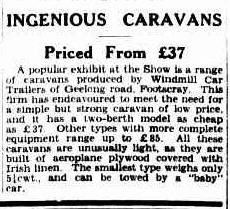 (Source: National Library of Australia nla.gov.au/nla.news-article11770571 )
(Source: National Library of Australia nla.gov.au/nla.news-article11770571 )Note that Windmill caravans were clad in 'aeroplane plywood' covered in linen.
By the beginning of 1936, Windmill was apparently offering caravans with a wide range of designs, sizes and layouts as shown in this advert from
The Argus published on Saturday, 25 January 1936 (page 9):
 (Source: National Library of Australia nla.gov.au/nla.news-article11876494 )
(Source: National Library of Australia nla.gov.au/nla.news-article11876494 )Bit hard to read, but the essentials are that Windmill offered caravans beginning at 4.5 cwt, in 20 different designs with two, four or six berths, and fitted with double beds, wardrobe, dressing table, dropside table, wash basin, water tank, kitchen cabinet, electric light and patent HJM (??) coupling.
An advert in
The Argus on Saturday, 8 February 1936 (page 18) indicates that Windmill had also added horse floats to their range of trailers:
 (Source: National Library of Australia nla.gov.au/nla.news-article11880315 )
(Source: National Library of Australia nla.gov.au/nla.news-article11880315 )And an advert placed in
The Age a fortnight later on Saturday, 22 February 1936 (page 8) tells us a bit more about the caravans:
 (Source: National Library of Australia nla.gov.au/nla.news-article205237992 )
(Source: National Library of Australia nla.gov.au/nla.news-article205237992 )Windmill caravans were 'super streamlined', ranged from 9 ft to 16 ft, were completely furnished and provided with rubber or wire mattresses. Strangely, in less than a month, the weight of the smallest model had increased from 4.5 cwt to 5.25 cwt! And on Saturday, 7 March 1936 in an advert in
The Argus (page 18), Windmill also indicated that their range included a 2-berth collapsible trailer. Perhaps it was this type of trailer that Windmill had been selling in the 20's?
 (Source: National Library of Australia nla.gov.au/nla.news-article11019664 )
(Source: National Library of Australia nla.gov.au/nla.news-article11019664 )On 14 April 1936,
The Argus (page 5) published an article resulting from a visit to Windmill's premises in Footscray. The article names two models, the 3-berth Scooterette and the largest and most luxurious in the range, the Moreland Cruiser, as well as referring to several other models. Prices ranged from £37/10/- to £135. A tow bar fitted to your car cost 12/6!
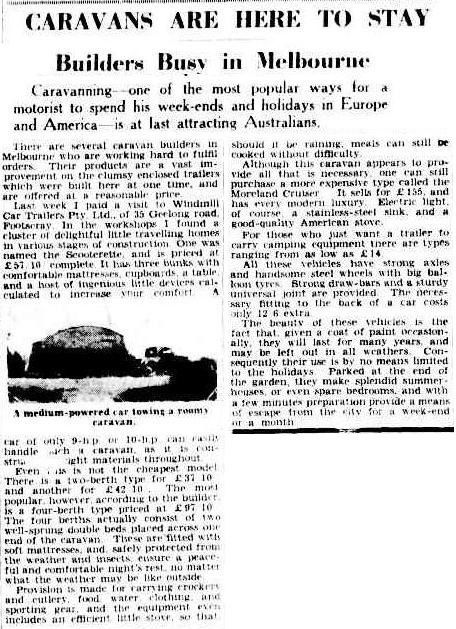 (Source: National Library of Australia nla.gov.au/nla.news-article11027539 )
(Source: National Library of Australia nla.gov.au/nla.news-article11027539 )For what it's worth, I think the caravan shown in the blurry photo is actually a Land Cruiser caravan as seen in the third photo in
this post. As we know from other instances from that era, newspapers were not beyond illustrating an article with whatever photo they can lay their hands on, whether it specifically related or not.
It seems that by this stage the Windmill business was expanding rapidly. An advert placed in
The Argus on 12 September 1936 (page 10), in time for the Royal Melbourne Show of that year, indicates that the model range (perhaps including different layouts in the same models) had expanded to 34. But the other interesting aspect of this advert is that it advised that in addition to their premises at 35 Geelong Road in Footscray, they now had premises at 5 Marion Footscray, and a Melbourne CBD office at 126 Queen Street:
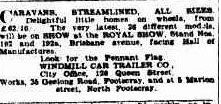 (Source: National Library of Australia nla.gov.au/nla.news-article11914071 )
(Source: National Library of Australia nla.gov.au/nla.news-article11914071 )A few weeks later, on Tuesday, 22 September 1936 during the middle of the Royal Show,
The Argus published a further article (page 13) spruiking the advantages of Windmill caravans and the benefits of caravanning generally:
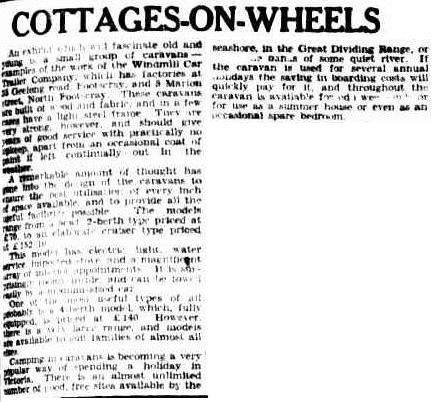 (Source: National Library of Australia nla.gov.au/nla.news-article11917647 )
(Source: National Library of Australia nla.gov.au/nla.news-article11917647 )Unfortunately some of the article is indecipherable, however it does mention the Moreland Cruiser and the fact that Windmill now had two premises in Footscray. The headline 'Cottages-on-Wheels' also picks up the concept of 'delightful little homes on wheels' in the advert ten days earlier, suggesting that the copy for both the advert and the article may have come from the same source. The article on 22 September was followed by a further small item in
The Argus on Friday, 30 October 1936 (page 13):
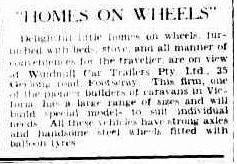 (Source: National Library of Australia nla.gov.au/nla.news-article1193119 )
(Source: National Library of Australia nla.gov.au/nla.news-article1193119 )Windmill obviously had a good relationship with the good folks at
The Argus, but the most significant element of this item is that it states for the first time that Windmill was
'one of the pioneer builders of caravans in Victoria', and this statement was turned into a slogan which was included in almost every Windmill advert after that. An example from
The Argus of 28 November 1936 (page 12) has incorporated the slogan
'The Pioneer Builders'. Not just 'one of the pioneers' now, but 'the pioneers':
 (Source: National Library of Australia nla.gov.au/nla.news-article11941652 )
(Source: National Library of Australia nla.gov.au/nla.news-article11941652 )With a number of caravan manufacturers now operating and competing in the market, 1936 marked the beginning of a concerted effort by Victorian manufacturers to advertise their wares in the press on a regular (often twice weekly) basis. As part of this, various manufacturers adopted slogans which were intended to emphasise the substance of their activities. So the Land Cruiser was 'Australia's Finest Caravan', and Romany Road produced 'Australia's Premier Caravan'. In the face of this competition Windmill were 'the Pioneer Builders'.
The 1937 Melbourne Motor Show was dubbed the 'Coronation Motor Show' in recognition of the coronation of King George VI, and caravan manufacturers promoted their stands at the show in newspaper adverts. In an advert in
The Argus on Wednesday, 12 May 1937 (page 3), Windmill advised that they would have the Moreland Cruiser Coronation Model on show. This was apparently a special - or maybe more highly specified - version of the Moreland Cruiser. Note the slogan
'Pioneer Builders':
 (Source: National Library of Australia nla.gov.au/nla.news-article11063672 )
(Source: National Library of Australia nla.gov.au/nla.news-article11063672 )A photo of this special model can be seen
here.
An advert published in
The Argus on Saturday, 11 December 1937 (page 29) shows that Windmill was now calling itself not only 'the pioneer builders' but
'Australia's Pioneer Caravan Builders':
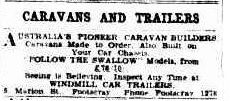 (Source: National Library of Australia nla.gov.au/nla.news-article11131714 )
(Source: National Library of Australia nla.gov.au/nla.news-article11131714 )However, the same advert also suggests that by December 1937, Windmill may have begun to experience some difficulties. The only premises mentioned is 5 Marion Street, and there is no reference to 35 Geelong Road or the CBD office. In addition, while referring to their Swallow model caravan, the advert refers to 'caravans made to order' and caravans 'built on your car chassis'. This suggests that Windmill may no longer have had a full order book and was looking for work.
An advert in
The Argus on Wednesday, 16 February 1938 (page 17) represented a new but short-lived approach to Windmill's advertising which focused on the name of the 'Swallow' model, which was quite possibly Windmill's best known and best selling model (see third advert in the listing):
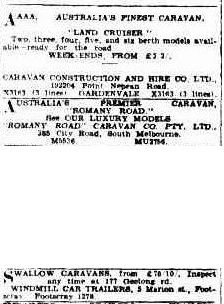 (Source: National Library of Australia nla.gov.au/nla.news-article11149058 )
(Source: National Library of Australia nla.gov.au/nla.news-article11149058 )An advert placed in
The Argus on Saturday, 24 September 1938 (page 26) featured a Windmill caravan apparently of the type one could have built on 'your car chassis':
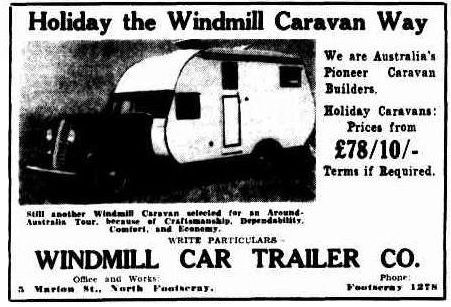 (Source: National Library of Australia nla.gov.au/nla.news-article12490096 )
(Source: National Library of Australia nla.gov.au/nla.news-article12490096 )By December 1938, Windmill was focusing their adverts almost entirely on made to order caravans as shown in this article in
The Argus on Saturday, 3 December (page24)...
 (Source: National Library of Australia nla.gov.au/nla.news-article12071106 )
(Source: National Library of Australia nla.gov.au/nla.news-article12071106 )...although they seem to have still been producing (or perhaps just trading on the reputation of) the Swallow Medium and the 'Luxurious Cruiser', as shown in this advert from
The Argus on Saturday, 21 January 1939 (page 13):
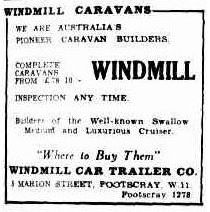 (Source: National Library of Australia nla.gov.au/nla.news-article12088707 )
(Source: National Library of Australia nla.gov.au/nla.news-article12088707 )The very last advert for Windmill caravans was printed in
The Argus on Wednesday, 24 May 1939 (page 22), and was a very minimalist affair, although still proudly proclaiming that Windmill were 'Pioneer Builders':
 (Source: National Library of Australia nla.gov.au/nla.news-article12088707 )
(Source: National Library of Australia nla.gov.au/nla.news-article12088707 )By 1940 the end had come and the proprietor of Windmill declared bankruptcy with a legal notice published in
The Age on Tuesday, 16 April 1940 (page 1):
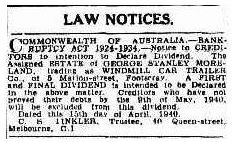 (Source: National Library of Australia nla.gov.au/nla.news-article204420964 )
(Source: National Library of Australia nla.gov.au/nla.news-article204420964 ) While sad to read, this notice is an important piece of the jigsaw because it confirms that the name of the Mr G Moreland, who was the proprietor of Windmill Car Trailer Co, was George Stanley Moreland. The fact that George Moreland of Windmill caravans fame consistently claimed to be 'Australia's Pioneer Caravan Builder' means that I am now 100% certain that this is the same George Moreland who built
Moreland caravans in his backyard in the 1950's and stated in his adverts for Moreland Caravans that he was 'Australia's Pioneer Caravan Builder'. George Moreland's involvement in, and reputation from the early days of the Australian caravan industry were obviously important to him, and something he carried with him even through his bankruptcy and into his next caravan manufacturing enterprise.
Don Ricardo
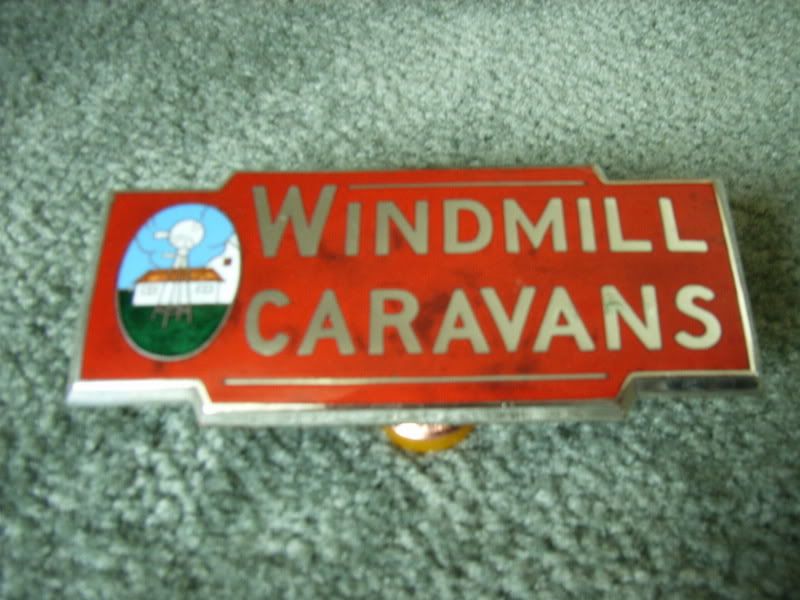
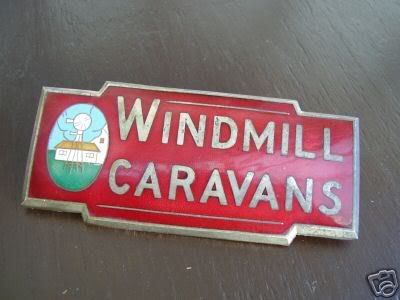




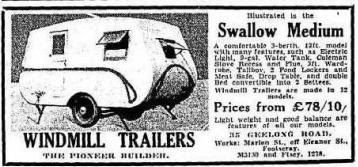
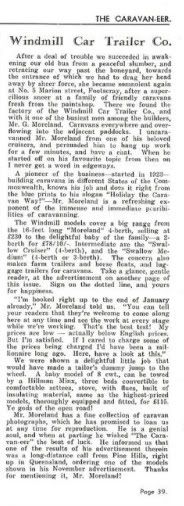


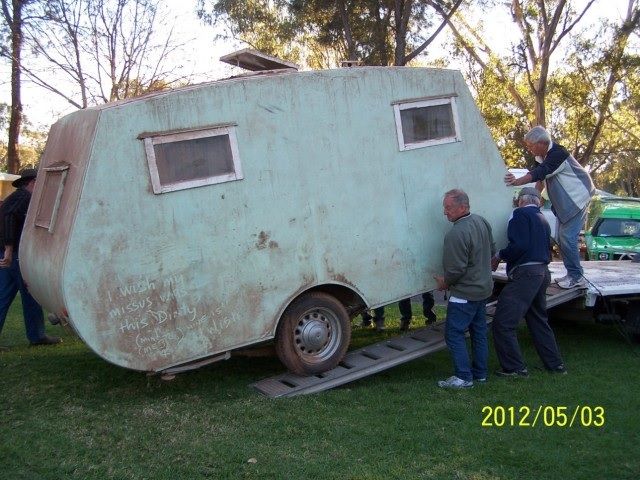
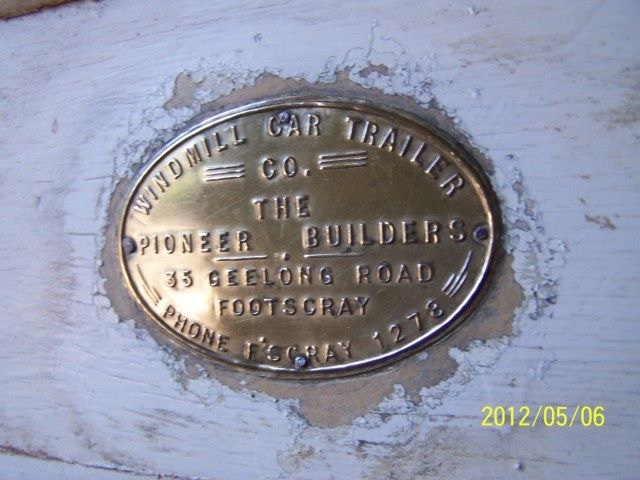
 .
.